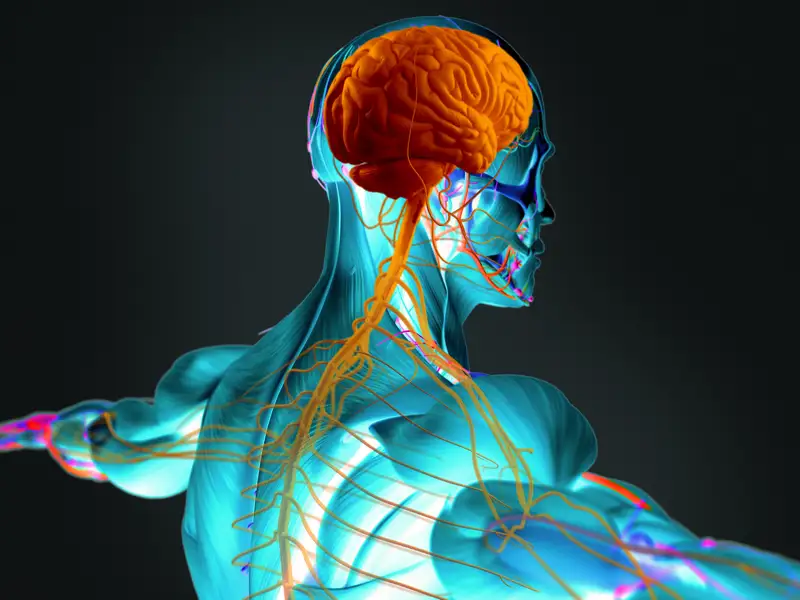What is Somatic Therapy
At Lifeline Somatics, we have a simple motto for effective Somatic Therapy: more than words. We believe that, for most of us, the therapeutic dialog is necessary but insufficient. The question that we set out to address is whether, assuming that the thinking mind cannot think itself into wellness, how do we go beyond the limitations of language- and even image or symbol-based thought, for the most natural and effective approach to mental health and well-being?

When I was a child, I experienced violence on the national level with several wars very close to home – from putting on a gas mask and watching missiles fly overhead, to seeing a civilian passenger bus erupt in flames from the explosive device of a suicide bomber. A little girl my age was killed by stabbing one block away from my childhood home. My brother, a paramedic in a frontline combat unit, struggled with post traumatic symptoms for much of his life, affecting his career, family, and relationship with substances.
Perhaps as a reflection of the violence on the national level, street violence amongst the children in the neighborhoods of my city was also rampant. I did not live far from my elementary school, but still feared and often suffered bullying along the way, and tried to plot my path in a way that was most likely to avoid being beaten. I quickly learned that fighting back was unwise, having observed the escalating vendettas that beaten children from one neighborhood would bring upon their rivals with their friends and cousins – sometimes with improvised weapons – and that the humiliated rivals would in turn escalate through greater violence with the support of their own friends and cousins, ad infinitum. If a beating could not be avoided, it was best tolerated, so that it would just end there. At least until the next one.
Trauma is not what happens to you, but the wound from having to go through it alone.
– Dr Gabor Maté
Unfortunately, home offered little refuge, as domestic violence perpetuated the cycles on the streets and on the frontlines. Thanks to the crowding in our neighborhoods, I understood very early on from the sound of beaten children that the violence in the streets started at home. At least it would end with me.

By grace, I found Chi Gong at the age of 13, and yoga shortly thereafter. A full-ride scholarship to university in California provided an escape to hitherto unfathomable peace and the incredible luxury of time and freedom to devote to learning, self-improvement, and mind-body practices. It was at university that I started my first significant and profound cycle of psychotherapy – though it would not be my last. My study and practice of yoga and meditation also continued to provide meaningful relief and refuge from mental anguish.
In graduate school at UC Berkeley, I threw myself into studying psychology, analysis and symptomatic reading, and worked with another excellent therapist on continuing along the path of healing, unwinding the cycles of psychological trauma, and improving mental health. Yet, there was always some sense of a boundary, like a glass ceiling to the degree of recovery available to me through this work. Only later would I come to understand that it was precisely the limitation of language-based thought that we mentioned at the beginning of this article – the limitation that would eventually inspire the creation of Lifeline Somatics and its unique and powerful system of Somatic Therapy.
The first intimations that a more effective approach was possible revealed themselves to me while working with another therapist, one who had studied the wonderful Hakomi method, leading me later to study this fantastic system as much as I could, myself. I found the integration of principles and practices from Taoism and Buddhist psychology – to which I had already begun to be exposed through my studies in yoga and meditation – to be one of the “missing links” for me and my healing process in traditional talk therapy.

Inspired by this new approach to psychotherapy, as well as by the work of psychologist Tara Brach and Buddhist teachers such as Pema Chodron and Thich Nhat Hahn I set off to seek a more embodied and mindful Somatic approach to my own mental and emotional healing – and eventually also to benefit my students, clients and mentees, from my school of Ayurvedic Yoga Therapy tantravayayoga.com to our work at Lifeline Somatics.
What is Somatic Therapy?
In the words of Maureen Salamon from Harvard Health, Somatic therapy explores how the body expresses deeply painful experiences, applying mind-body healing to aid with trauma recovery.
Somatic Therapy is based on the insight that our physical and emotional experiences are interconnected, and that by addressing the body, we can also heal the mind. It can be equally effective at addressing mental health disorders such as Post Traumatic Stress Disorder (PTSD), anxiety, depression and rage as it is for physical ailments like high blood pressure, heart disease and chronic pain, as well as for diseases that straddle the mind-body continuum: fibromialgia, tinnitus, eating disorders and even asthma.

In addition to the cognitive approach of the therapeutic dialog, Somatic Therapy emphasizes mindfulness techniques for integrating mind and body. It seeks to create the right conditions for emotional trauma, which expresses itself symptomatically in the body, to safely reveal itself. This can empower us to transform our compulsive self-destructive habits, by integrating the trauma response with the awakened presence and capacity for self-regulation available to the prefrontal cortex region of the brain. Through deep attention to physical sensations, the beating of the heart and the qualities of the breath, Somatic Therapy can allows us to become habitually aware of the effects of our thoughts and emotions on the processes of the body, and consequently empower us to regulate our mental state by bringing increasing mindfulness and acceptance to the expressions of the body.
Somatic Therapy also draws deeply from the wells of Ayurveda and Traditional Chinese Medicine. In these vast, ancient systems of knowledge, both ailments and therapies may be organized into symbolic categories of qualities, such as the elements of space, air, fire, water and earth. Imbalances – whether physical or mental – that are characterized by particular elemental qualities, may be addressed through opposing qualities. Like increases like, and opposites restore balance. At Lifeline Somatics, we integrate this approach with techniques and methodologies involving everything from mental patterns and breathwork to nutrition and movement practices. A fiery mental-behavioral pattern, such a rage, may be balanced with the harmonizing qualities associated with the water element: Chi Gong movements, Ayurvedic self-massage with warm oil, deep listening and genuine empathy – and even the tears that we may shed and share together as a result of these healing experiences.
What Happens in Somatic Therapy?

You will receive listening, empathy & compassion, but also guidance in mindfulness & embodiment, as well as both psychological & physical exercises. We may begin with dialog over what is happening in your life on that day or week, and associations may arise to significant and/or traumatic past events, just like in traditional therapy. However, rather than remain on the level of language- or even image/symbol-based thinking, we dive into feelings, sensations, and the physiological responses to the processes of the mind. Over time, we help you develop the Somatic skills & tools to regulate your nervous system during challenging or triggering experiences & emotions, whether brought on by painful memories, traumatic events, relationship challenges or physical pain. Additionally, we will provide guidance for appropriate lifestyle changes and practices ranging from nutrition, sleep habits, movement modalities, meditation, breathwork, self-massage, language skills and more, as appropriate for your needs and authentic to your self-expression. We support you in learning how to better support yourself.
Somatics and Our Search for Meaning & Purpose
During one memorable therapy session, in which I was having particular difficulty getting in touch with my emotions around painful childhood memories, my own therapist gently encouraged me through somatic practices to allow myself to express the experience of vulnerability in my body, rather than only the sovereignty of my mind. Suddenly, tears erupted, and with them I exclaimed: why me?! And then, as quickly as it came, the emotional turbulence was replaced with a revelatory feeling of profound meaning: it happened to me, because I am not only strong enough to survive it, but also to learn from it, devote my life to Somatic Therapy, and help others carry the burdens of their own traumas more lightly, until we are, all of us, free of suffering.
As human beings, we naturally seek meaning and purpose in our lives. What we may not expect, is that it may be precisely through touching the painful experiences from which we certainly might have preferred to be spared, that we may find the sense of meaning and purpose that we so deeply crave. By developing increasing awareness and acceptance of our shadow, we may finally find the true gold within us.



